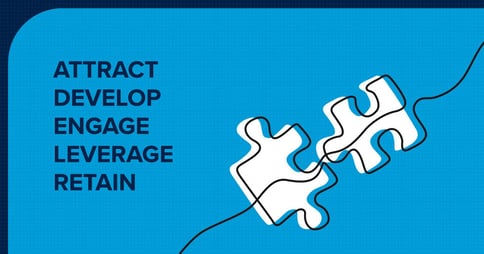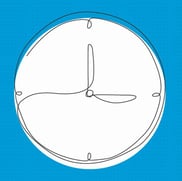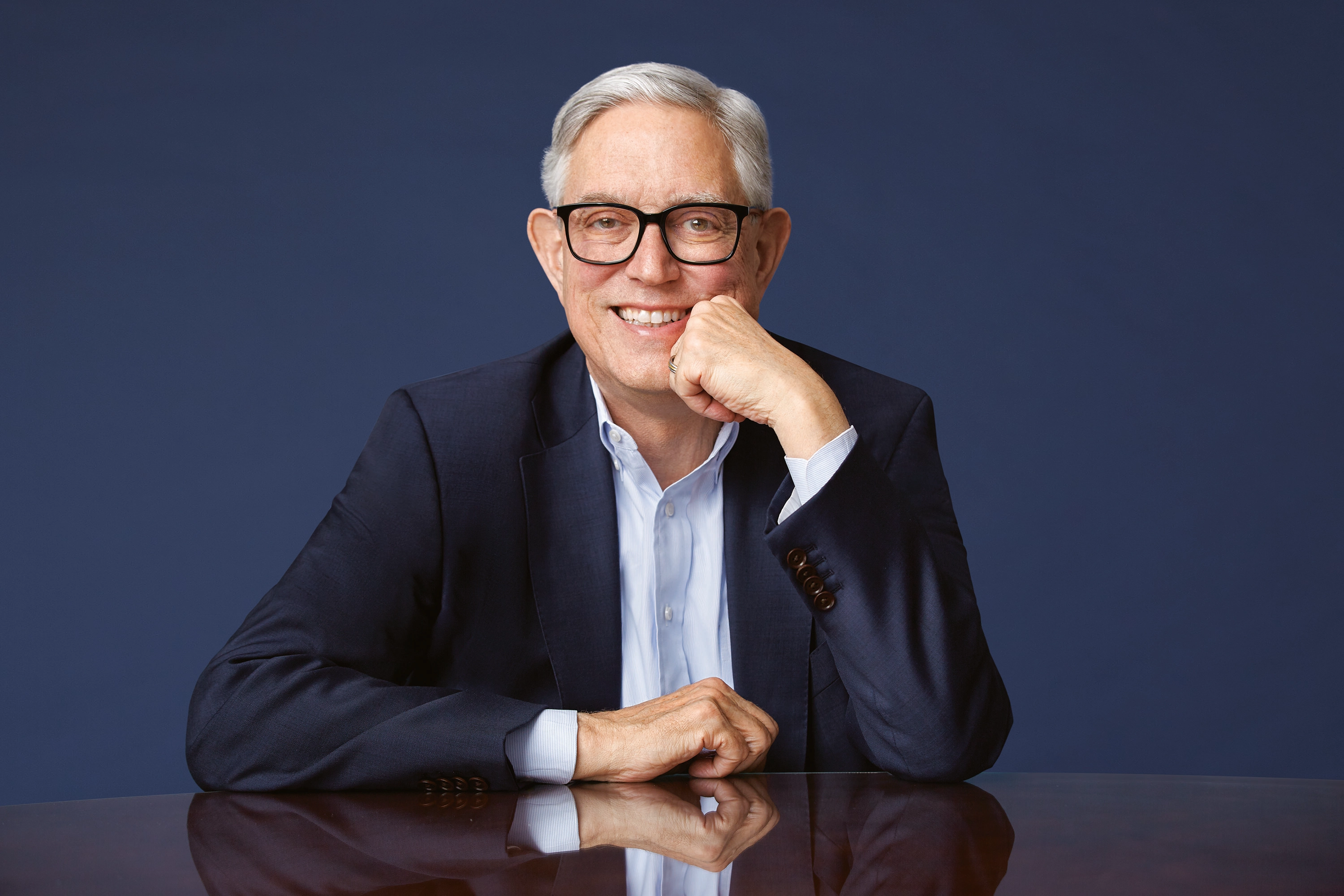Chief Executive Magazine spoke with Conant about tactics and tips he’s amassed over the course of his action-packed career.
Before Campbell’s, you were at Nabisco in the aftermath of the leveraged buyout made famous by Barbarians at the Gate. In that high-pressure environment, how did you go about getting the right people on the bus?
There were five pieces to that proposition. First, you need to attract the right people. Then, you need to develop them. You need to get them engaged in the work. You need to leverage them, so they work more as a team. You need to retain them so you can harvest all the investment you make in them. But it starts with attracting. We found we could create a special sense of mission, if you will, of trying to turn around the world’s largest LBO with a bunch of Young Turks.
 So, we tended to go after people who were ready to be promoted and hungry for more responsibility but sort of bogged down in their blue-chip consumer packaged goods companies. We created this sense of doing something special and making an extraordinary food company again. Between reaching down to get the talent and giving them an opportunity to contribute at a higher level with a great sense of mission, we were able to invite and cajole a team, and that just shot the lights out. Of my direct reports there, I wanna say probably 80 percent of them went on to be CEO somewhere in meaningful jobs.
So, we tended to go after people who were ready to be promoted and hungry for more responsibility but sort of bogged down in their blue-chip consumer packaged goods companies. We created this sense of doing something special and making an extraordinary food company again. Between reaching down to get the talent and giving them an opportunity to contribute at a higher level with a great sense of mission, we were able to invite and cajole a team, and that just shot the lights out. Of my direct reports there, I wanna say probably 80 percent of them went on to be CEO somewhere in meaningful jobs.
You don’t typically hear people celebrating the cultures created when private equity companies take over organizations and pile a bunch of debt on. What are the keys to being able to pull that off?
If you look at it from 30,000 feet, three key things had to come together. We needed people who were highly competent in what they did. They had to have a track record of accomplishment that was second to none. And then they had to have demonstrated character, where you could take it to the bank that when they committed to doing something, it would happen. So, there’s competence, character, and the third C is chemistry.
And embedded in that chemistry were some common values. Once we had thoroughly assessed the candidate for those things, our batting average was very high. And one other thing: You get a few stars, and stars attract stars. So, once we got four or five real blue-chip athletes, it became even easier.
With all this technology-led disruption happening, do you look for different qualities than you did 15-20 years ago?
The situation has changed but people haven’t. If you’re gonna become a trusted leader of an organization, you’ve got to know what you’re doing, you’ve got to be competent and you’ve got to have character. You’ve got to do what you say you’re gonna do, and you have to be good with the chemistry within the organization. You have to play well with others.
Whether I’m talking to somebody at Google or someone at a 125-year-old company, those conditions still have to be met. There are nuance changes, but people are still people. Followers need to have trust and confidence in their leaders.
 After Nabisco, you were recruited to Campbell’s and once again thrown into a firestorm.
After Nabisco, you were recruited to Campbell’s and once again thrown into a firestorm.
I thought I’d seen it all after Nabisco…. then I got to Campbell’s and found a whole new level of discontent. Everyone had a friend to the left or the right of them who had been let go, and the company was headquartered in the poorest, most dangerous city in the U.S.—Camden, New Jersey, with 75,000 people and 70 murders a year. We were also an old-economy canned soup company, and the analysts were comparing us to a buggy whip, which was not wrong.
The good news was I had a plan…. I interviewed with six directors at once for the Campbell’s job. It was like a firing line where they were just shooting questions at me. I thought, “Well, this is a disaster.” Two days later, I got a call, and they said, “That went great. We wanna do it again.’’ I thought, “There’s no way I’m gonna do this again.” So, I got some of my friends together, we studied all the available information, and put together a transformation plan. When I went in and they started shooting questions at me again, I pulled out a PowerPoint presentation and said, ‘’Frankly, you asked me a lot of questions last time, and I didn’t have a chance to thoughtfully respond to all of them. I think this will help.’’
I took them through how the challenge should be approached, and the kind of things we ought to consider doing. After that, I received an offer. I think you need to have a plan, knowing that it will have to evolve and change before you go into any of these situations. These challenges today are too big and complex. If you don’t have a framework for navigating them, the odds are you won’t do it well.

Conventional wisdom used to be that a new CEO observes and then develops a plan over the first year. It feels like we just don’t have that much time anymore.
Right. I’m gonna say I have three years, and the first year is the other guy’s fault. The second year it’s our fault, we’re learning. The third year you own it. So you can’t be fiddling around for one-sixth to one-third of the time walking around, shaking hands, and learning. You gotta be ready to hit the ground running.
I was hired on January 8. In July, at the end of our fiscal year, we launched our transformation plan, so seven months in we had a plan for the next three years. I wish it could have gone faster, but we were building for long-term success. We knew it was just a fool’s errand to over-promise and under-deliver. Stephen Covey had a great line: ‘’Doug, you just cannot talk your way out of something you behaved your way into. You have to behave your way out of it.’’
When you go in as a leader, you’ve gotta be clear about two things: the what, which is the plan, and the how, how are we going to do it? And quite frankly, the how is almost more important to the people in the organization than the what because they’re walking on eggshells. You have to tell them the behaviors you expect… and put everyone on notice that you’re gonna be evaluated against the what and the how. We’re gonna look at your results, and we’re gonna look at how you get them. It’s the what and the how together that start to bring stability to the process for all the people working there.
How did that work at Campbell’s?
For the how, we created a Campbell’s leadership model where we said, “There are six expectations of our leaders.” By the way, everybody in the company was a leader. The first one was that you inspire trust. If you have a high-trust team, you can do almost anything.
Once you start building trust, you have permission to create strategic direction, which was the second expectation. The third expectation was to get everybody aligned to execute that direction, and the next was to build organization vitality and support the people trying to get this thing done.
The fifth expectation was that we would execute with excellence because we believe that a good plan well executed beats a brilliant plan poorly executed every time. And the sixth expectation was that we would produce extraordinary results. Those expectations were engineered into our performance review process. We found that as you went through those six steps, it got easier to inspire trust, create direction, and align the organization the next time because you had produced results.
What was behind your habit of personally writing between 10 and 20 thank you notes a day to Campbell’s employees?
 As a leader, if you’re not tough-minded on standards, you won’t be a leader very long. I would also tell you in today’s world with the millennials and Gen Xers, if you’re not also tender with people, you won’t be a leader very long either, at least not in the same place because you won’t have followers. So I advocate being tough-minded and tender-hearted same time.
As a leader, if you’re not tough-minded on standards, you won’t be a leader very long. I would also tell you in today’s world with the millennials and Gen Xers, if you’re not also tender with people, you won’t be a leader very long either, at least not in the same place because you won’t have followers. So I advocate being tough-minded and tender-hearted same time.
You have to call out the two things that aren’t going well in a tough-minded way, but you’re also obligated to celebrate the eight things that are going well…. I got known for writing thank-you notes to people about specific contributions. When I retired, we did the math and I had written at least 30,000 notes over 10 years to Campbell’s employees—and we only had 20,000 employees. This is about building a performance ethic in the company where you call people to account for what they’re not getting done and you celebrate what they do get done when they do it well.
You’ve dealt with significant adversity at different points in your career. What did you learn from those times?
We all have crucible moments when we are challenged in the most significant way we can imagine. I’ve had several, from getting fired from a job, totally unprepared, after working for the company for 10 years and with a large mortgage, a wife, and two small children. It was not pretty.
Then, I was in a near-fatal car accident. Coming back from all that, hell, I’m just happy to be here right now.
I’ve been knocked down several times and gotten back up, and actually blossomed from the experience because I’ve really gone down into the dark spaces of my being and landed on a perspective that helped me with the next leg of my journey. When I was fired, man, was I motivated to get back on the horse again after being out of work for a year and desperately trying to find a job that would be fulfilling. That led me back to the consumer products industry, where I ended up working for Jim Kilts and learning so much from him.
The car accident was extraordinarily difficult. Then, I found out I could get up and resume most of what I wanted to do with my life. I’ve had a new lease on life ever since, and I’ll be celebrating 10 years recovery from that accident on July 2 of this year of 2019. We all have those crucible moments, it’s what we do with them that defines our legacy or contribution. We need to say, “Okay, how can I learn and grow from this experience so that I can be an even better contributor tomorrow than I am today?” And the lessons are there. You just have to be looking for them.
Posted on May 10, 2022 by CNEXT



